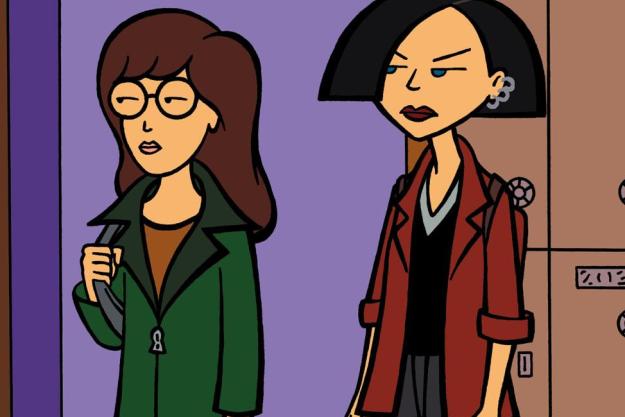Quickies
Quickies: Daria, Fugitive Slaves in the Great Dismal Swamp, and Big Sugar Paid for Favors

- Deep in the Swamps, Archaeologists Are Finding How Fugitive Slaves Kept Their Freedom – “By downplaying American marronage, and valorizing white involvement in the Underground Railroad, historians have shown a racial bias, in Sayers’ opinion, a reluctance to acknowledge the strength of black resistance and initiative. They’ve also revealed the shortcomings of their methods: ‘Historians are limited to source documents. When it comes to maroons, there isn’t that much on paper. But that doesn’t mean their story should be ignored or overlooked. As archaeologists, we can read it in the ground.’ “
- Sugar industry secretly paid for favorable Harvard research – “Here’s what she found: In the 1950s, the Sugar Research Foundation identified a strategic opening to increase sugar’s market share by getting Americans to eat a low-fat diet, based on research that blamed fat and cholesterol for causing high blood pressure and heart problems, according to a 1954 speech by the trade group’s president.” From Buzz Parsec.
- 10 episodes of Daria that prove she gave a damn – “The illusion that the character is a misanthrope persists to this day, but while Daria was certainly principled and even downright judgmental, she was also invested in her life in Lawndale.” (The perfect show for me and all other “outcasts” in the late 90’s.)
- Denmark’s ‘House Of Memories’ Re-Creates 1950s For Alzheimer’s Patients – ” ‘There are two things we know about autobiographical memory if you have Alzheimer’s disease,’ says Bentsen, who has a doctorate in psychology. ‘One is that the early memories are best preserved.’ Specifically, those are memories from a person’s teens and 20s, a period known as the ‘reminiscence bump.’ Berntsen says researchers don’t know exactly why this is the case. It may be due to the repetition of those memories over the course of a lifetime or something connected to the formation of self-identity as an adult. But researchers say it’s a fact that this ‘bump’ exists. And for these visitors, that period falls in the 1950s.”





Swamps have always been a great place to hide. Look at the Seminoles.